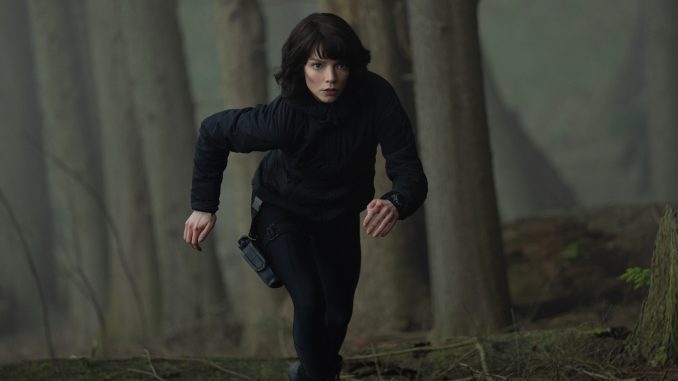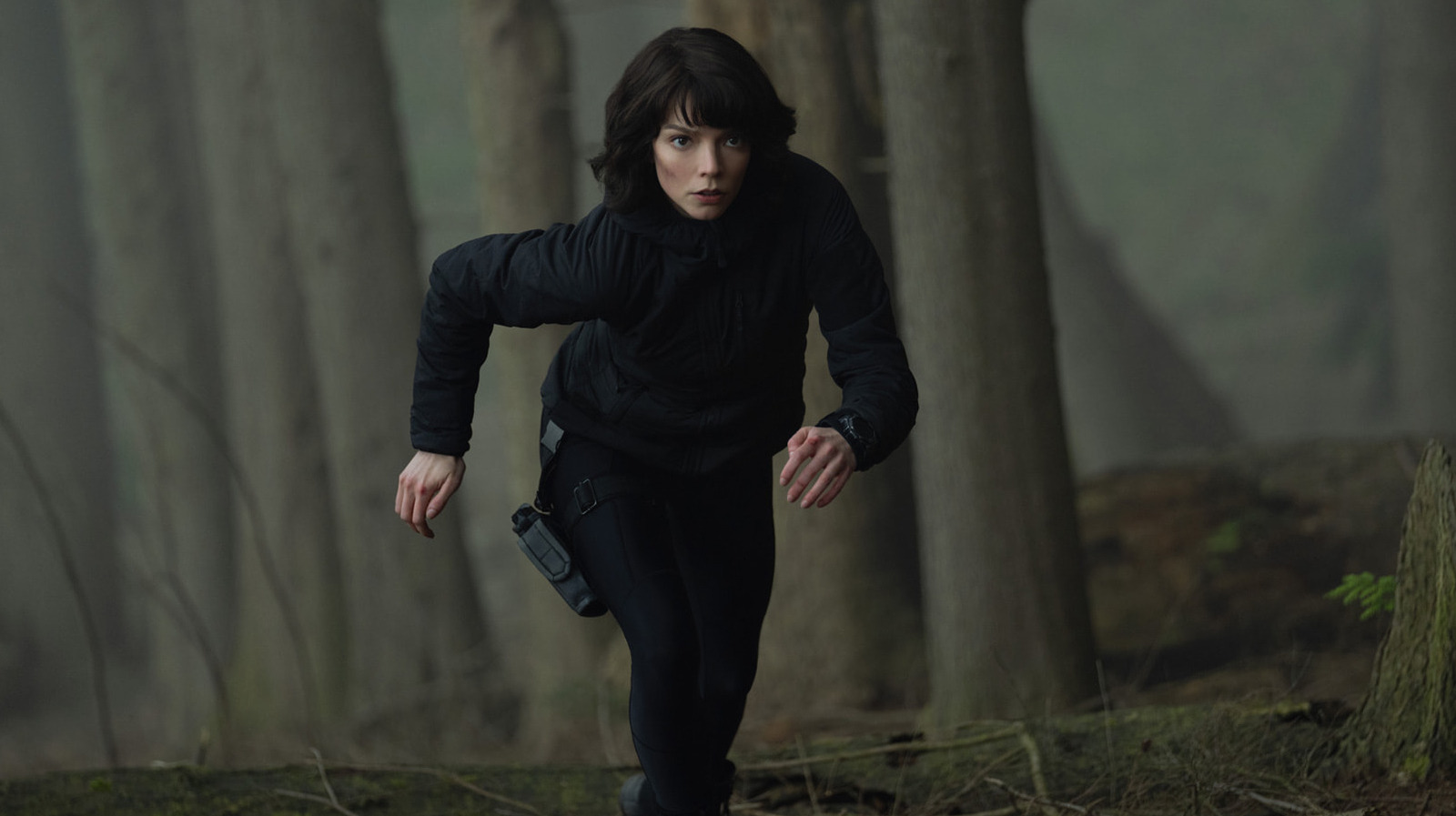

“The Gorge,” like the titular land formation, is a bifurcated movie. It begins as the story of two career snipers, Levi (Miles Teller), an ex-Marine, and Drasa (Anya Taylor-Joy), a Lithuanian mercenary, who are hired by their respective governments to travel to an undisclosed location where a giant gorge has been guarded by both Western and Eastern forces for nearly a century. Despite being told little about why this gorge needs to be guarded and why no contact can be formed with the sniper on the other side, the duo connect anyway, forming a bond deep enough that when Levi accidentally falls into the gorge, Drasa leaps in after him with no hesitation.
What begins as a romantic allegory for solitary, pandemic-related lockdown life and long-distance relationships quickly turns into a terrifying, action-packed adventure as Levi and Drasa encounter the creatures within the gorge, discover their relationship to the people who employed them, and work out how to escape while eliminating the threat to humanity that the place poses. For the first half of the film, Derrickson and cinematographer Dan Laustsen shoot the movie in a natural, handsome, yet muted palette, an aesthetic that recalls the work of Christopher Nolan and Joseph Kosinski. Once inside the gorge, however, the movie opens up literally and figuratively, as creepy creatures, bizarre environments, and bright colors fill the frame.
It’s a bit of an “Alice in Wonderland” switch, or perhaps it’s more apt to say “Snow White,” the latter film being one of the influences on Argento while making “Suspiria.” Argento was also a student and friend of the Italian genre maestro Mario Bava, whose work as a special effects technician eventually saw him make his own visually imaginative (and colorful) genre films like “Planet of the Vampires” and “Black Sabbath.” It’s the work of Argento and Bava that greatly inspired the color scheme of “The Gorge,” as Derrickson told /FIlm’s Jacob Hall:
“The look of it was very inspired by Italian horror cinema, the Bava and Argento, and the colored atmosphere, the audacity of the look of the colorful spaces. And for that not to just be there for aesthetic purposes, but it has a story relevance, why the different colors are what they are inside the gorge.”
When asked about “Suspiria” specifically being an influence on “The Gorge,” Derrickson confirmed but was quick to point out that he wasn’t making a reference for reference’s sake:
“That was very intentional. But again, I was only willing to do that if the presence of that color had reason for being there, which it does. And that’s part of the unfolding mystery of what that place really is.”
Indeed, so much of the story of what’s really going on in “The Gorge” is told through these visual cues, so it’s no wonder why Derrickson would turn to such a visually-rich subgenre as Italian horror.

Leave a Reply